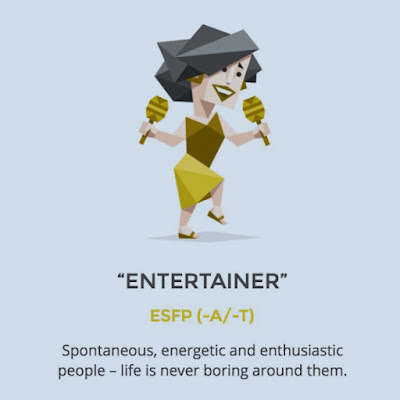My Experience with Local ETFs From August 2018 to January 2024, I invested a total of $19,800 in each ETF ($300 × 66 months), excluding brokerage fees. The ABF Singapore Bond Index Fund, which tracks high-quality Singapore government and quasi-government bonds, was meant to provide stability. The Nikko AM Singapore STI ETF, tracking the Straits Times Index (STI) of Singapore’s top 30 companies, aimed for long-term growth. After 5.5 years, my portfolio looked like this:
- ABF Singapore Bond Index Fund (A35): Sold for
~$17,800, resulting in a $2,000 loss (after fees).
Rising interest rates from 2022–2023 hit bond prices hard, and the ETF’s
low yield (~2–3% annually) couldn’t offset the decline.
-
Nikko AM Singapore STI ETF (G3B): Sold for ~$22,000,
yielding a $2,000+ gain (after fees). The STI’s
recovery post-COVID and reinvested dividends helped, but the growth felt
sluggish compared to global markets.
- Too Slow for My Goals:
-
The ABF Bond ETF’s focus on stability meant low returns,
especially in a rising-rate environment. Its historical annualized
return (~2.79% from 2005–2021) felt like treading water, barely
keeping up with inflation.
-
The Nikko STI ETF, while better, was tied to the STI, which is
heavily weighted toward banks and REITs. Singapore’s small market
limited its growth potential, with annualized returns (~8.8% with
dividends) paling compared to global indices.
-
The ABF Bond ETF’s focus on stability meant low returns,
especially in a rising-rate environment. Its historical annualized
return (~2.79% from 2005–2021) felt like treading water, barely
keeping up with inflation.
- Too Passive for My Style
-
Both ETFs are passively managed, tracking indices without active
intervention. While this keeps fees low (0.24% for A35, 0.20% for
G3B), it also means no chance to outperform the market. I craved
investments with more dynamic growth potential.
- The STI’s narrow focus and the bond index’s sensitivity to rates felt like a drag, especially when US markets were booming.
-
Both ETFs are passively managed, tracking indices without active
intervention. While this keeps fees low (0.24% for A35, 0.20% for
G3B), it also means no chance to outperform the market. I craved
investments with more dynamic growth potential.
-
Limited Exposure:
-
Local ETFs are heavily tied to Singapore’s economy, which is stable
but lacks the scale and diversity of the US market. I wanted
exposure to global leaders in tech, healthcare, and consumer
goods—sectors underrepresented in the STI.
Disclaimer: This is my personal experience, and investing carries risks. Always conduct your own research before making investment decisions.









.jpg)
